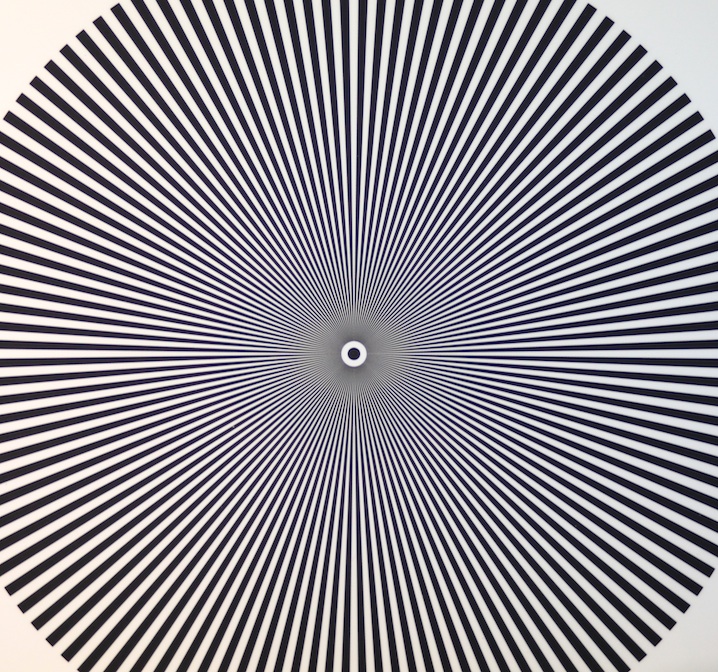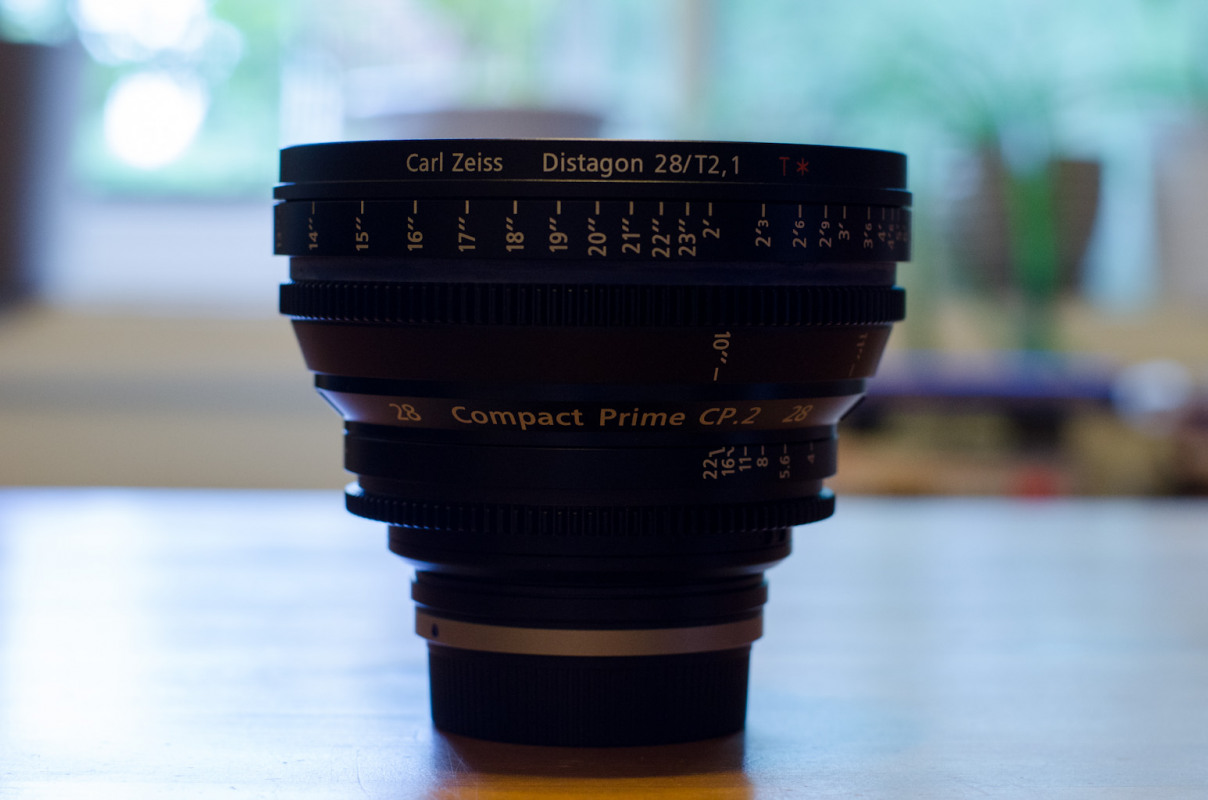
If the lens you bought will be primarily used for landscape photography you are interested in testing the lens at f8, f11 and f16. If the purpose of the lens you bought is for low light use it is obvious that you have to test it wide open under those conditions. They have worked to perfection for me and I am happy with the images they provide. I have been happy with what I have done when I bought a camera or a lens.įirst thing first, I have lenses that I use on a regular basis that have horrific reviews in the Internet. If they are or not accurate it is for others to decide. These comments reflex only my point of view. Someday, I’ll turn the mode dial from “M” on my D850.) (Disclaimer: Mine are very dated viewpoints.

In my well-aged opinion, testing means nothing unless the selected test parameters and protocol reflect the expected demands placed on the lens, camera, lighting system, etc with the available optimization employed. Occasionally, a technician would “tune” a particular lens for an unusual setup demanding an unusual range of working apertures. We most often disregarded sub-par performance outside our expected working range. Ex: We looked most closely at our lens collimating results for what we expected to be the most used shooting apertures for the particular production getting underway. If corrections are not applied and failings are observed, how does one know the if the observed failings are for that individual lens or that model’s design? Early on in my career as a cinematographer shooting documentaries, theatricals, commercials and educationals with their extremely varied demands, I was taught the maxim of “test it as you’ll use it” to best assure significance of the test results. The camera’s firmware corrections to images produced by that particular lens model are designed to minimize the lens design’s weaknesses. pin cushion distortion, barrel distortion, etc.


“ (end)ĭisabling in-camera lens corrections (presuming that can be done) would simply demonstrate the lens design’s failings ie. If you really want to see the performance of the lens you may want to look at results without those lens corrections applied. Quoting: “One concern would be automatic lens corrections applied by the camera processing software. You will find your results pleasing, as I have with the over 300 lenses that I have used.ĭo not stress grasshopper, all will turn out well. Make sure the lens is at the same height as the bottle of Dawn and make sure the bottle is square to the camera. or higher, shoot at a low iso, say 100 to about 400. Shoot the lens about 3 stops down from wide open. Set on a tripod, aim at a reasonable distance away at a bottle of Dawn. Please do not fret yourself over your new lenses. 99.9999% of the time there is nothing wrong with these lenses, 99.99999% of them are tested and nothing is found wrong with them. Refurbs come from folks who say they got a bad copy. I laugh every time I hear someone say they got a BAD COPY. In my life time I have probably shot with over a 300 Canon, Nikon, and Sony lenses.
ZEISS SIEMENS STAR CHART PROFESSIONAL
I have been a professional photographer for over 40 years, I have been a UPI, freelance, wedding photographer. Jpg would be fine for the lenses overall sharpness testing. Most new lenses are subjected to automatic specific testing equipment that insure the consumer a fine image instrument. Lens testing by individuals at their homes do not have the advantage of professional testing equipment leading to a wide variety of false results. It seems to be a simple answer so I cannot figure out why I have doubts.

I want to evaluate the quality of the lens not what I can tweak to make the pictures better. I normally shoot in raw, but am wondering why I would not shoot in jpg for this exercise.
ZEISS SIEMENS STAR CHART SERIES
In the next few days I am going to be receiving a new (used) lens and plan to do a series of tests including edge-to-edge sharpness at different apertures, depth of field, bokeh, etc.


 0 kommentar(er)
0 kommentar(er)
